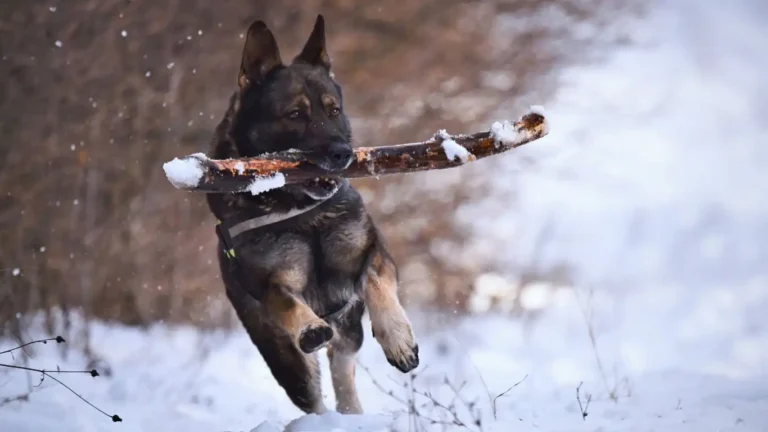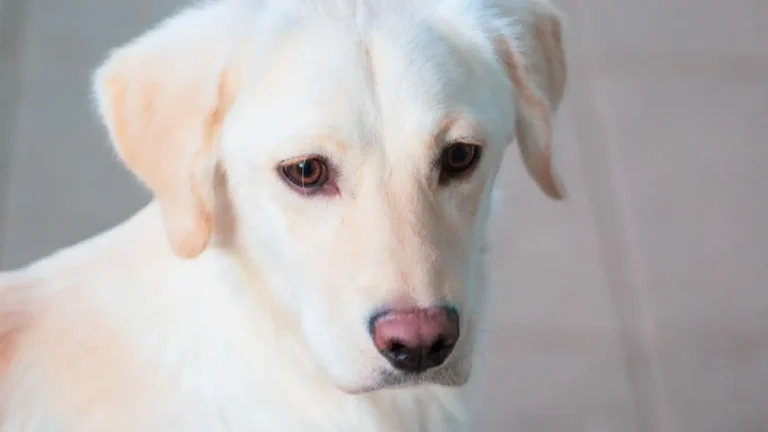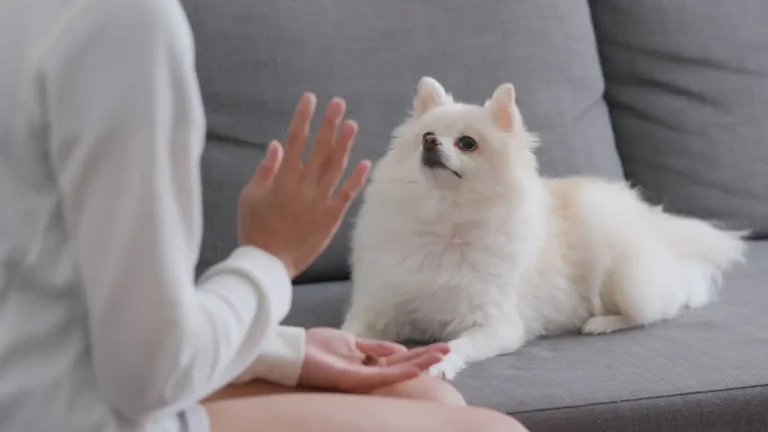Why Some Dogs Hate Toys & How to Train a Dog to Enjoy Them
If you’ve ever found yourself scratching your head wondering how to train a dog to enjoy interactive toys, trust me—you’re not alone. I’ve spent years as a Canine-Assisted Therapy Trainer, and even the most eager pups sometimes look at a treat-dispensing puzzle like it’s a confusing alien artifact. But the good news? With a little patience, the right approach, and a sprinkle of fun, your dog can go from uninterested to totally hooked. And when they do, the benefits go way beyond playtime. We’re talking improved focus, less anxiety, and even better obedience. Let’s break it down, tail wag by tail wag.
Why Interactive Toys Matter for Mental Health

First things first—interactive toys aren’t just cute gadgets for your dog to poke around. They’re mental workouts. I’ve seen therapy dogs become noticeably calmer and more engaged after just a few weeks of puzzle play. These toys tap into your dog’s natural instincts to forage, chew, and explore. When those needs are met in a healthy way, behavioral issues like chewing your shoes or digging up your garden can seriously fade out.
The Link Between Play and Obedience
You wouldn’t believe how often play ties into obedience. I once worked with a high-energy border collie named Max. Super smart, but zero chill. Traditional training barely stuck until we introduced a few challenging toys into the routine. Within days, his attention span during sessions doubled. It was like a mental switch flipped. Turns out, keeping a dog’s mind busy with toys actually boosts their focus during commands and social situations.
Step-by-Step: How to Train a Dog to Enjoy Interactive Toys

Start With the Right Toy for Your Dog’s Style
Not all dogs vibe with the same toys, and that’s okay. I always recommend starting with a toy that matches your dog’s natural play instincts. Here’s a quick breakdown:
- Chewers: Go for tough rubber toys that can handle some gnawing.
- Problem-solvers: Puzzle toys or treat-dispensers keep them curious.
- Hunters: Scent-based toys or hide-and-seek plush toys can keep them sniffing and searching.
Remember when I introduced a snuffle mat to Luna, a rescue beagle with a serious case of the zoomies? She went from sprinting through the house to happily sniffing through the fabric layers for kibble. It’s all about matching the toy to the dog’s brain wiring.
Make the Toy Irresistible
If your dog gives you the “meh” face at a new toy, don’t take it personally. Instead, make that toy the coolest thing in the world. A few ways I’ve had success:
- Stuff it with high-value treats. Peanut butter, bits of chicken, or even their favorite kibble.
- Play with them. Toss the toy, make silly noises, get on the floor and be part of the fun.
- Short sessions. Keep the playtime short and sweet to leave them wanting more.
I’ve found that when owners join in, even hesitant dogs warm up quickly. Think of it as a bonding activity, not a solo chore for your pup.
Use Positive Reinforcement
This part’s non-negotiable. Celebrate small wins like your dog sniffing or pawing at the toy. In my sessions, I always use treats, praise, and sometimes even a quick round of fetch as a reward for curiosity. Don’t wait for them to “solve” the toy—reward the interest itself.
Common Mistakes to Avoid
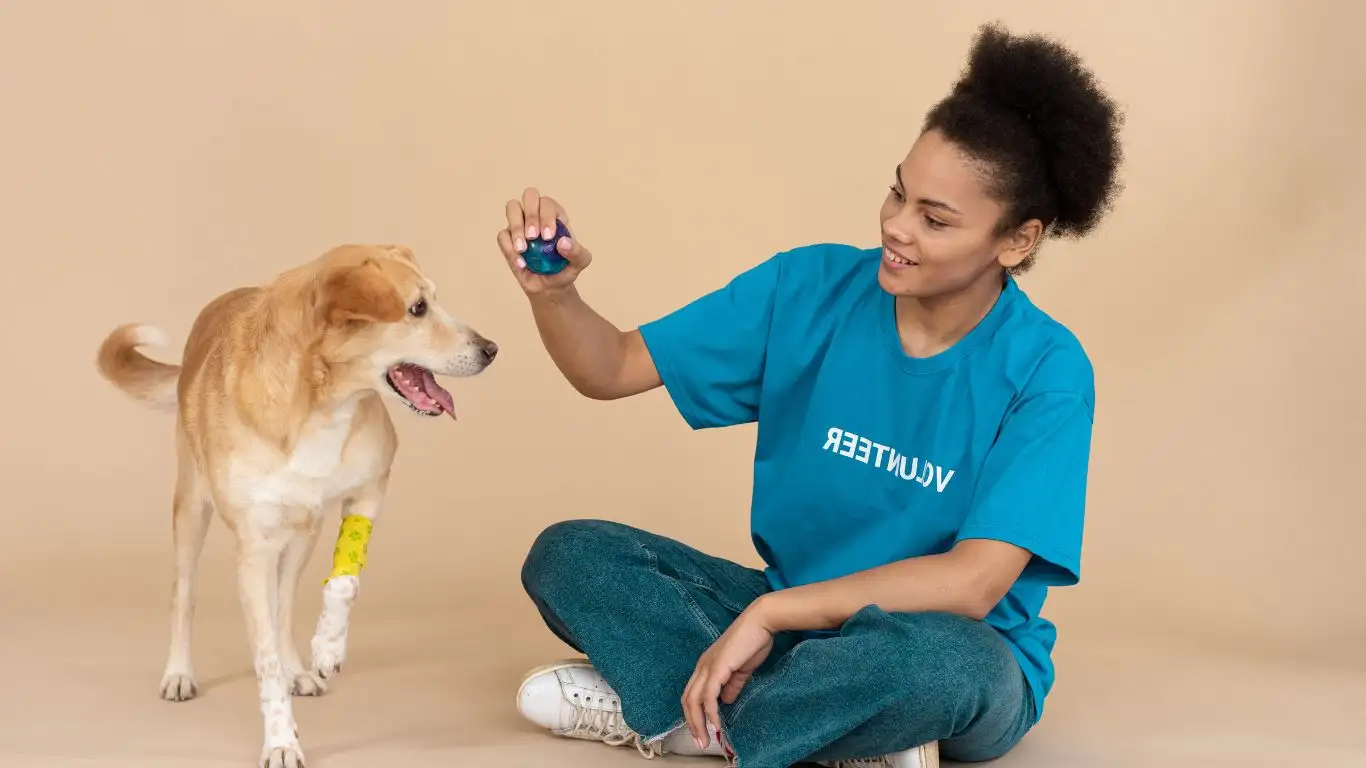
- Introducing complex toys too early. Start simple, or your dog may lose interest fast.
- Leaving toys out 24/7. Rotate them to keep things fresh and exciting.
- Not being patient enough. Some dogs need multiple exposures before they engage.
It’s easy to feel discouraged if your pup isn’t immediately obsessed with their new toy. I always tell clients: treat it like introducing a kid to broccoli. You can’t just toss it in front of them and hope for the best. A little encouragement goes a long way.
Building a Routine Around Interactive Toys
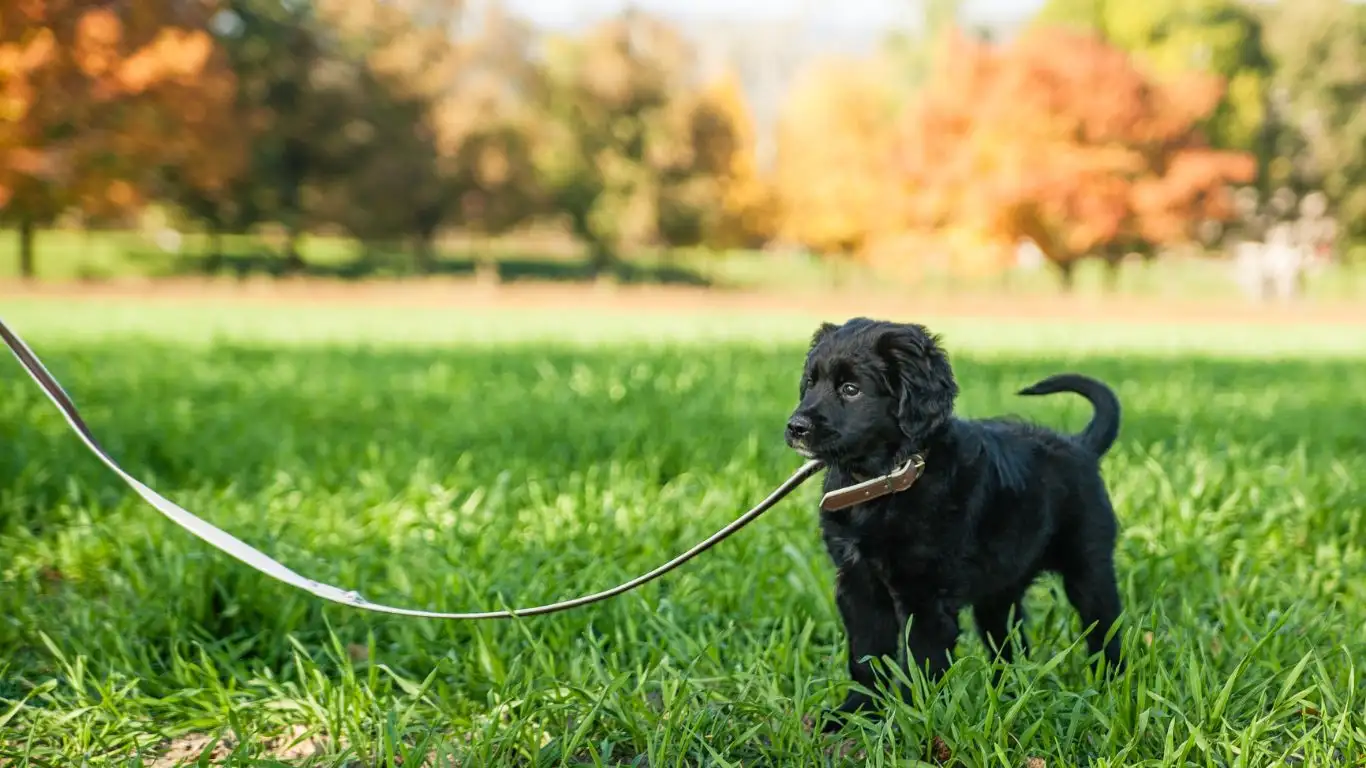
Once your pup starts showing interest in their new toys, the next big step is making interactive play a consistent part of their day. In my work with therapy dogs, we don’t just use these toys for fun—they’re part of the training toolkit. Regular, structured toy time gives your dog something to look forward to, and it naturally reinforces good behavior throughout the day.
How Often Should You Use Interactive Toys?
Honestly, it depends on your dog’s age, energy level, and personality. Puppies and high-energy breeds? Twice a day might be ideal. Seniors or more chill dogs? Maybe just once. I usually recommend starting with one session a day, around 10-15 minutes, and adjusting based on how your dog responds.
- Morning boost: A short puzzle session right after breakfast can help get their brain moving.
- Afternoon reset: Use toys as a mid-day reset to fight boredom and prevent mischief.
- Evening wind-down: Choose a slower-paced toy to ease into bedtime.
With my golden retriever client, Molly, we turned her post-walk snack into a game using a treat ball. That small shift made her way more relaxed in the evenings—less pacing, more tail wags. It’s all about finding the rhythm that works for both of you.
Training Tips for Long-Term Toy Engagement
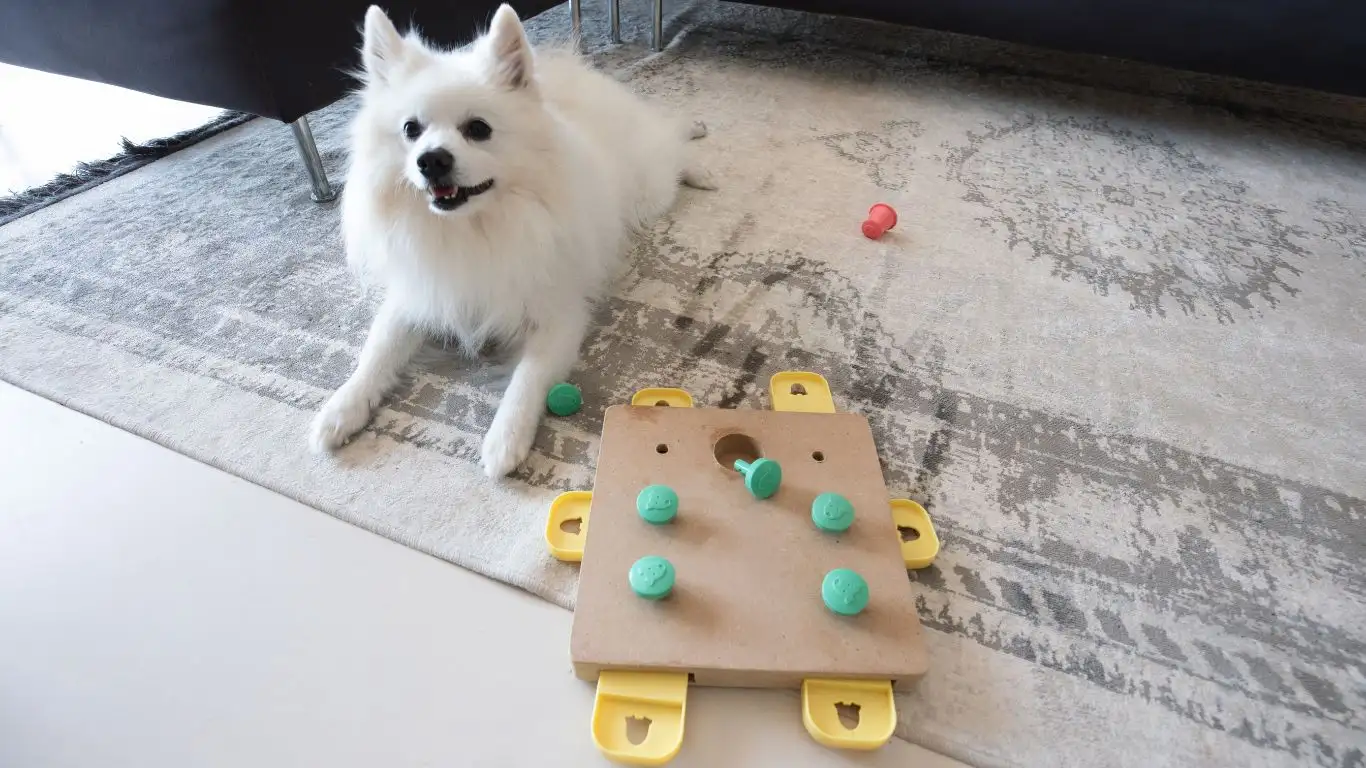
Getting your dog to love interactive toys is one thing—keeping that love alive is another. Just like humans get bored with the same old routine, dogs crave novelty too. Here’s how to keep the excitement going:
Rotate the Toy Collection
Don’t leave all the toys out at once. I keep 3-4 toys in a “toy drawer” at home, and only one or two are out at any given time. Every few days, I swap them. Dogs seriously act like the toy is brand new—it’s wild how well it works.
Use Toys as Part of Training Goals
One thing I love doing during my sessions is using toys as part of reward systems. For example, if we’re working on commands like “stay” or “leave it,” I’ll use a puzzle toy as the final reward. It reinforces patience and problem-solving in a way that sticks better than just tossing a treat.
- Ask for a command.
- Once they perform it, introduce the toy.
- Guide them to interact with it, then praise or reward after engagement.
These little moments become part of their learning language. And over time, your dog will associate interactive play with listening, focusing, and success.
Pair Toys With Other Activities
Sometimes I mix things up by hiding a toy at the end of a snuffle hunt, or putting it inside a cardboard box with holes poked in it so the smell leaks out. One of my clients—a clever little Aussie named Bindi—used to get bored with her Kong. But once we started making it part of a “treasure hunt,” her enthusiasm skyrocketed. Don’t be afraid to get creative. You know your dog better than anyone.
Understanding Your Dog’s Play Style
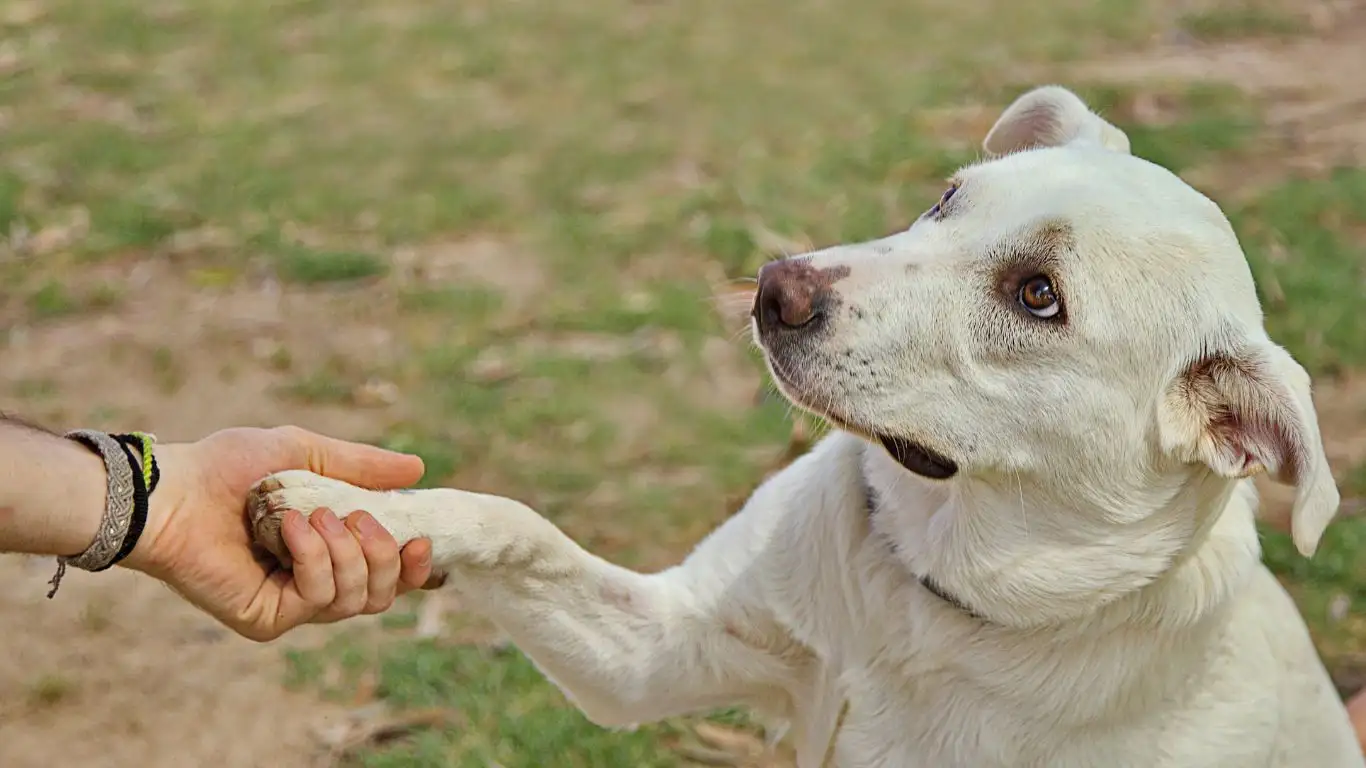
If your dog still isn’t biting (figuratively or literally), it might be time to take a closer look at their play style. I can’t tell you how many times I’ve seen dogs ignore toys simply because the toy didn’t match their natural instincts.
Questions to Ask Yourself
- Is your dog food-motivated? If yes, go for toys that dispense treats or require licking.
- Does your dog like chasing? Look for moving or rolling toys they can “hunt.”
- Is your dog more of a cuddler? Try plush toys with hidden compartments to spark curiosity.
Once you dial into their preferences, everything changes. One of my more reserved therapy dogs, Hugo, never cared much for toys until we introduced a squeaky plush that resembled a raccoon. Instant obsession. The key is experimentation—and patience.
When to Introduce New Toys
Some folks worry that adding new toys too often will spoil their dog or overwhelm them. In my experience? That’s rarely the case. Just like rotating books for kids keeps storytime fresh, introducing new challenges can reignite that excitement. I like to bring in a new toy every 2-3 weeks, or after we’ve mastered a particular training goal. It keeps the momentum going without overloading them.
Above all, remember this: interactive toys aren’t about perfection. They’re about fun, bonding, and creating mentally healthy habits. And when you treat them that way, your dog picks up on it. Every session becomes a chance to grow closer and reinforce the good stuff.
Troubleshooting: When Your Dog Just Isn’t Into It

Even with the best toys and all the enthusiasm in the world, some dogs take their sweet time warming up to interactive play. If that’s your pup, don’t worry—it doesn’t mean they’re “lazy” or untrainable. I’ve worked with therapy dogs who took weeks to show real interest. It’s about discovering what clicks.
Try Changing the Environment
Sometimes it’s not the toy—it’s the space. I had a reactive shepherd mix named Coco who wouldn’t touch her puzzle feeder indoors, but as soon as we moved it to a quiet spot on the porch, she dove right in. Distractions, noise, or even scents from other pets can throw them off.
- Choose a calm, distraction-free area.
- Use a non-slip mat underneath the toy. Slipping surfaces can spook some dogs.
- Try it during a time when your dog is naturally calm or focused. Right after a walk usually works wonders.
Adjust the Difficulty Level
If your dog gets frustrated easily, the toy might be too challenging right now. I’ve seen dogs give up if they can’t get a treat within the first 30 seconds. The trick? Set them up to win.
- Start with ultra-simple toys like a treat-dispensing ball with loose kibble.
- Pre-load a toy and partially show them how to use it.
- Gradually increase the challenge over time.
It’s kind of like teaching a kid to read—you don’t start with Shakespeare. You start with “See Spot Run.”
Incorporating Toys Into Daily Life Beyond Play

One of the things I often remind my clients is that interactive toys aren’t just for keeping dogs busy when you’re gone. They can be part of your shared routine, too. I’ve had mornings where I’m sipping my coffee while my dog’s working away on her food puzzle right next to me. It’s peaceful, productive time for both of us.
Great Moments to Use Interactive Toys
- During your meals: It keeps your pup occupied and less likely to beg at the table.
- Zoom call distraction: Keeps your dog busy while you’re working from home.
- Post-walk wind-down: Combine light physical activity with mental enrichment.
It’s these small habits that build consistency. Over time, dogs learn to expect and enjoy their toy time, and it becomes less of a “training chore” and more of a daily enrichment ritual.
The Therapeutic Value of Interactive Toys
As someone who’s trained therapy dogs for years, I’ve seen firsthand the deep emotional benefits of interactive play. Not just for the dogs—but for the humans, too. When a dog is mentally stimulated and fulfilled, they’re calmer, more affectionate, and way easier to train. This is especially crucial for dogs working in therapy or support roles, where calm and focus are essential.
I remember one golden named Finn, a therapy dog who worked with kids on the autism spectrum. He was gentle, but easily overstimulated in group sessions. After incorporating interactive toys into his pre-session routine, his ability to stay centered and focused improved drastically. It was a total game changer for both him and the children he served.
Interactive toys give dogs a sense of purpose, build confidence, and reduce anxiety—especially for rescues, seniors, and pups with trauma histories. If your dog falls into one of those categories, consider this kind of playtime an essential part of their emotional rehab.
References
- ASPCA
- American Veterinary Medical Association
- Victoria Stilwell’s Positively
- Certification Council for Professional Dog Trainers (CCPDT)
Each of these organizations offers reliable, evidence-based insights on canine behavior, training strategies, and enrichment. If you’re looking to dive deeper into dog psychology or learn more about tools like interactive toys, these are great places to start.
Disclaimer
This article is based on personal experience and general best practices from professional dog training. Always consult with a certified trainer or veterinarian before introducing new tools or changing your dog’s routine—especially if your pup has behavioral or medical challenges.
